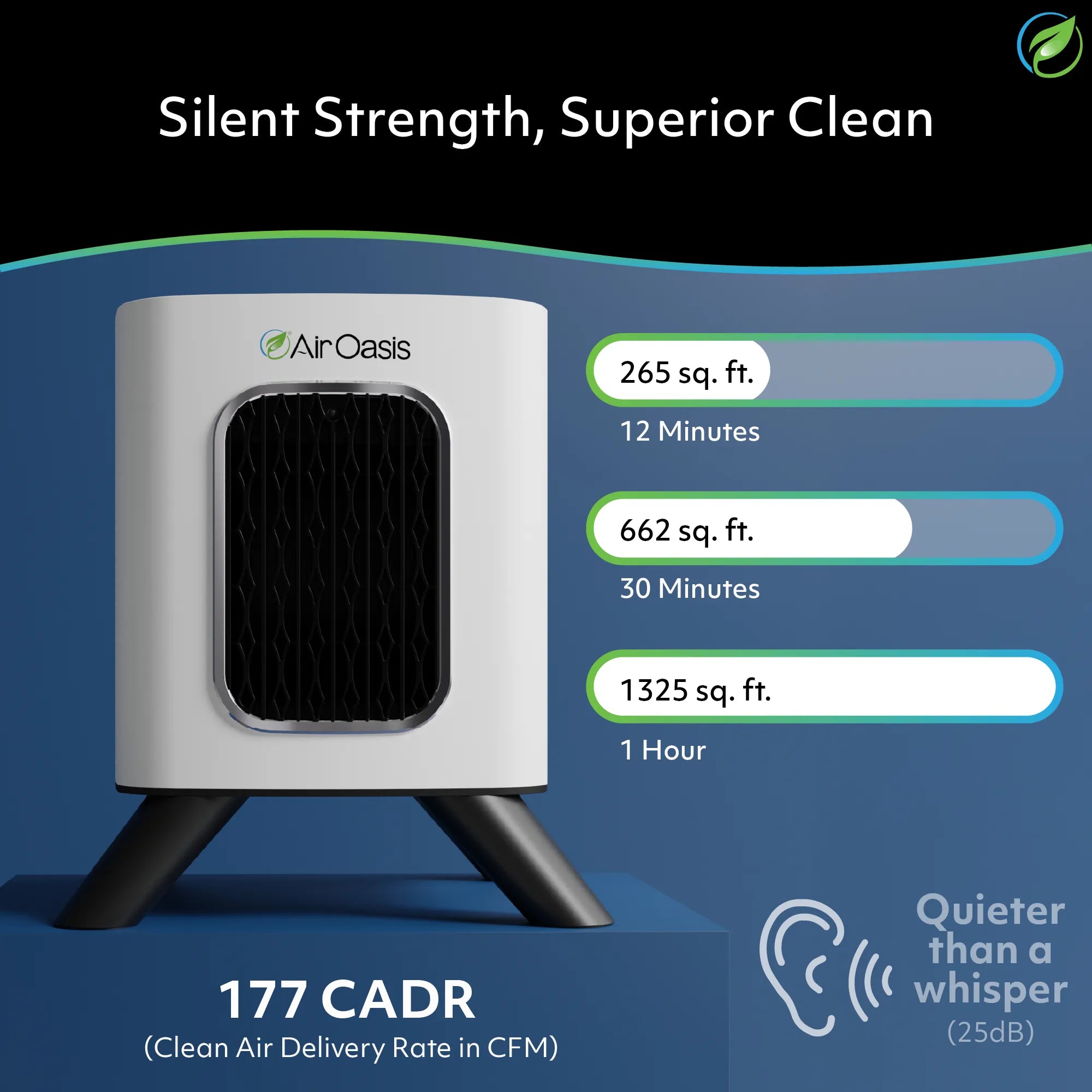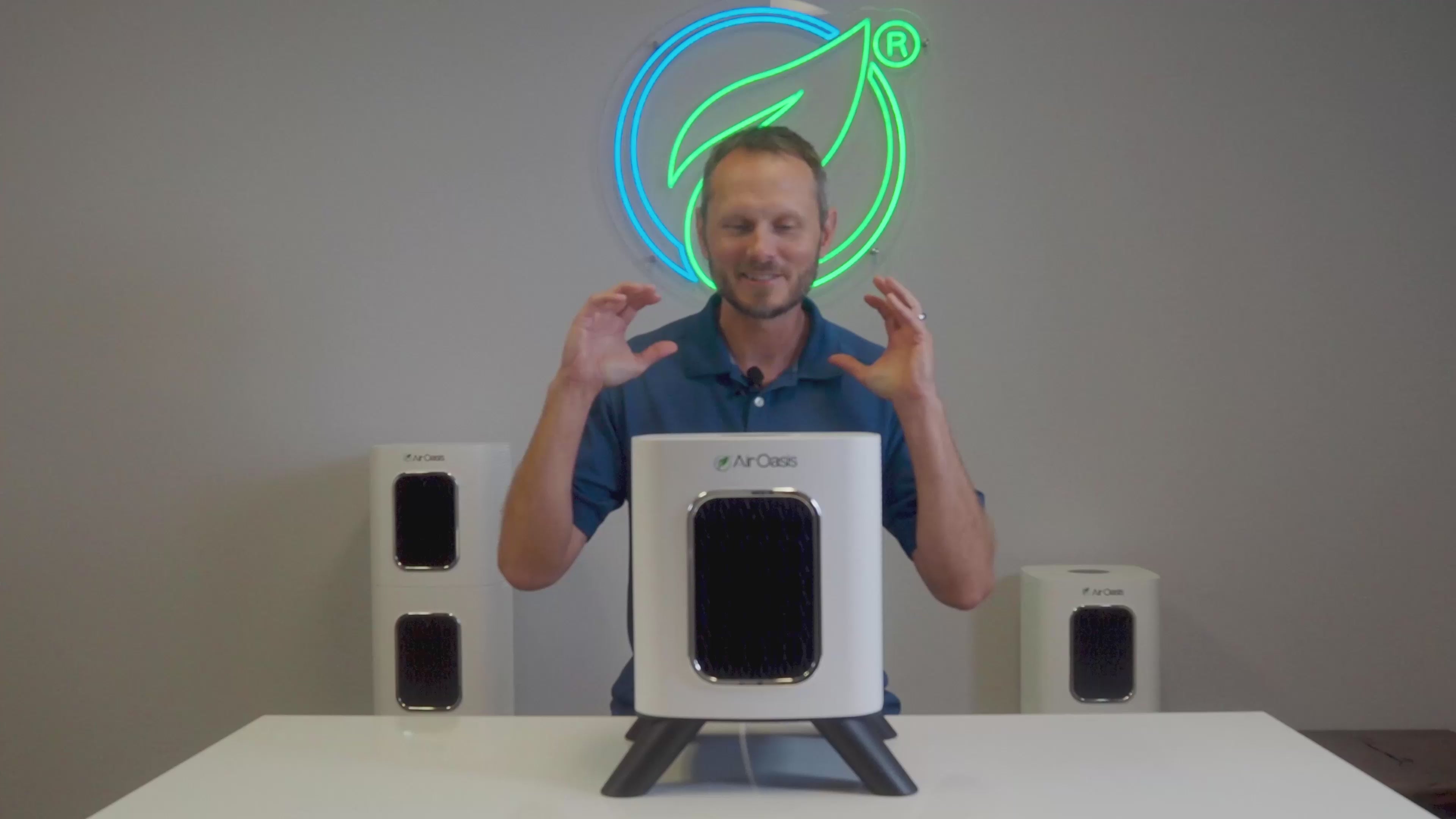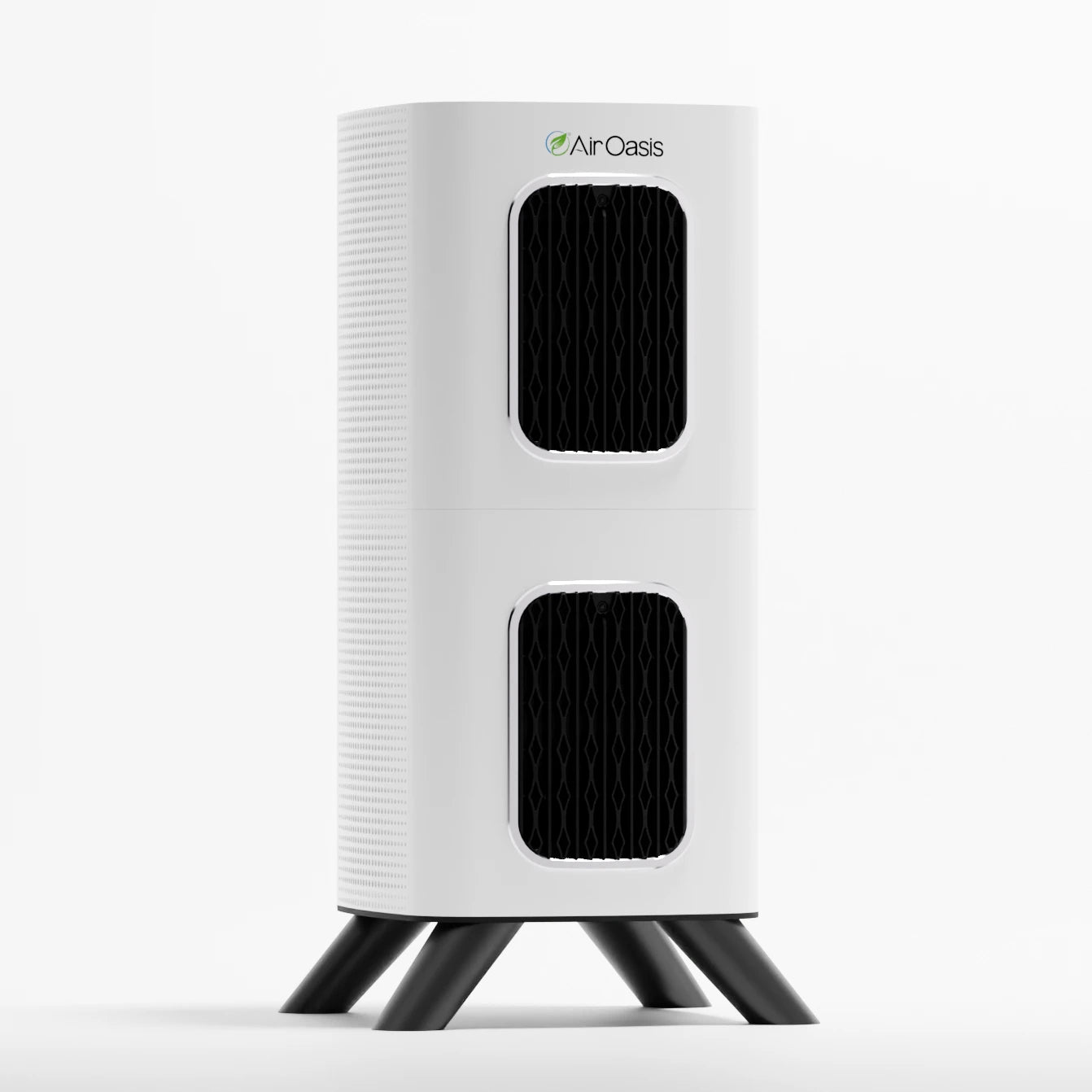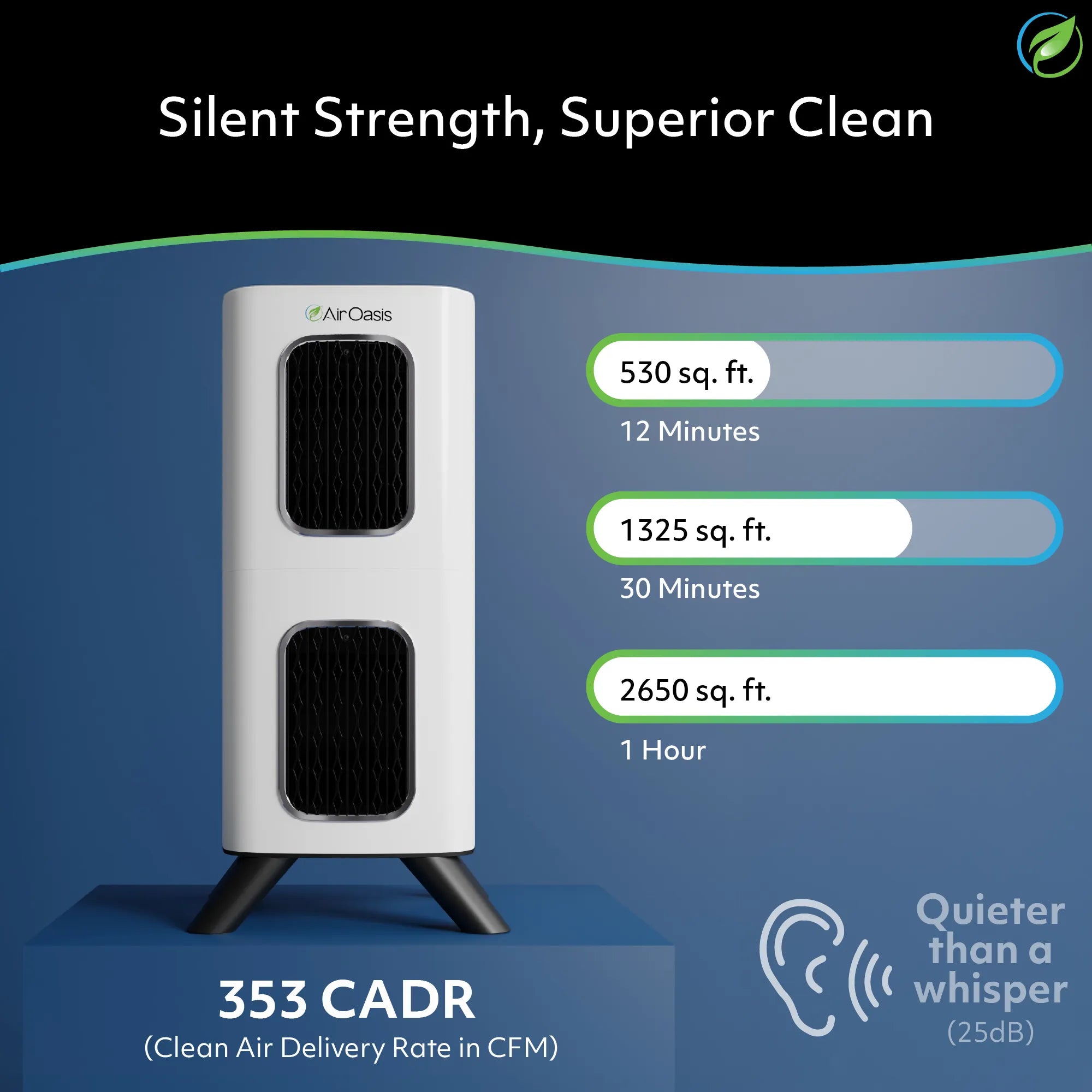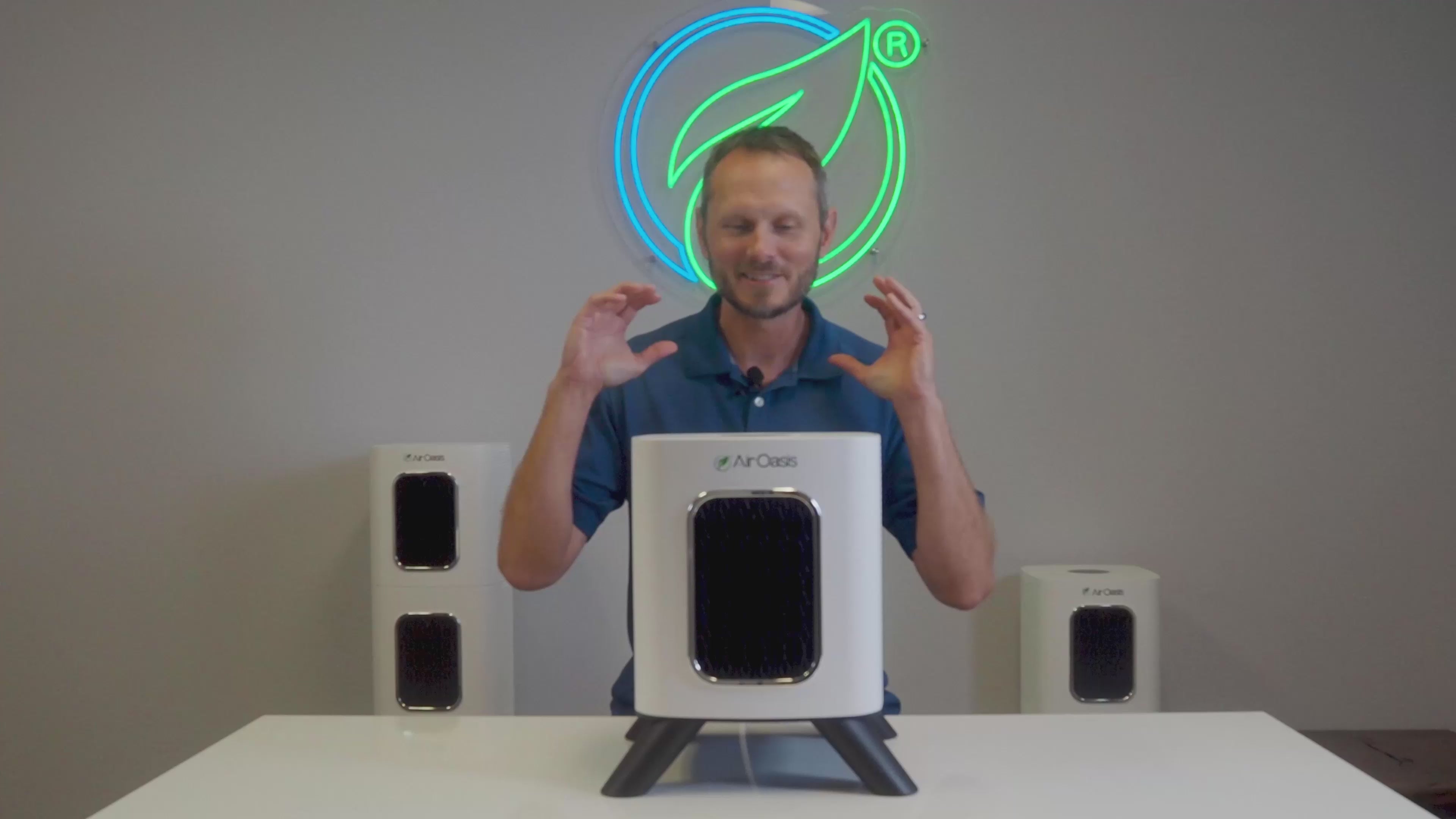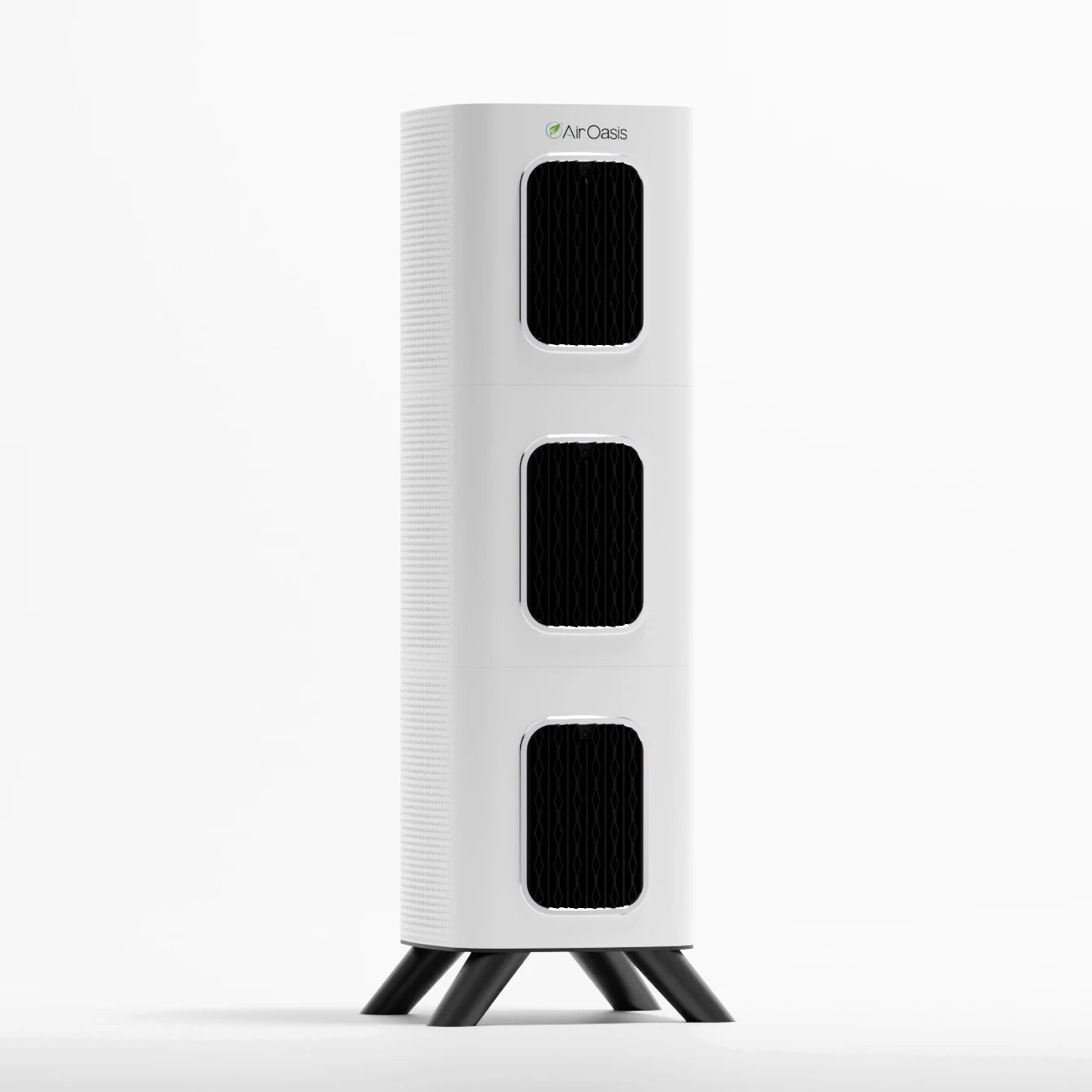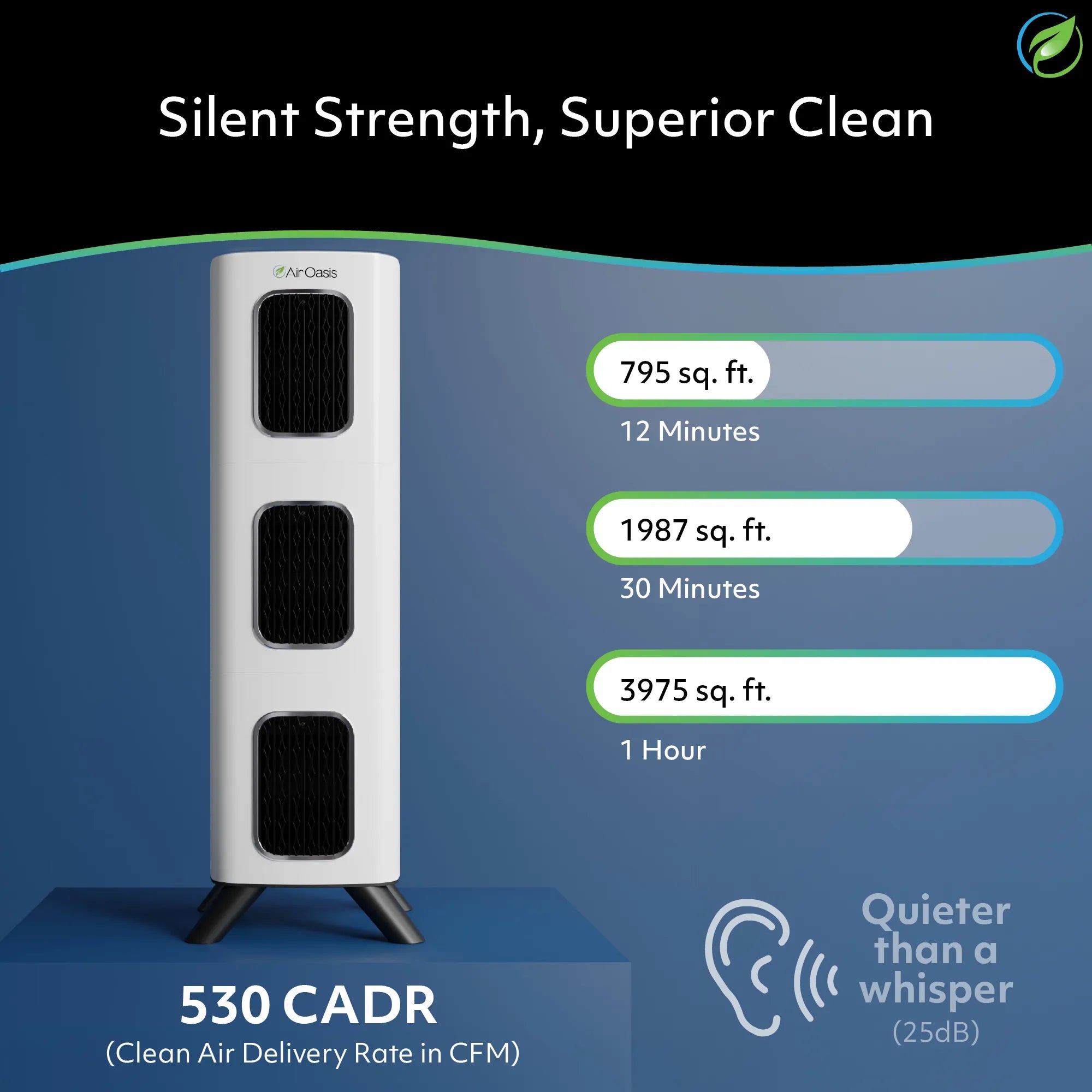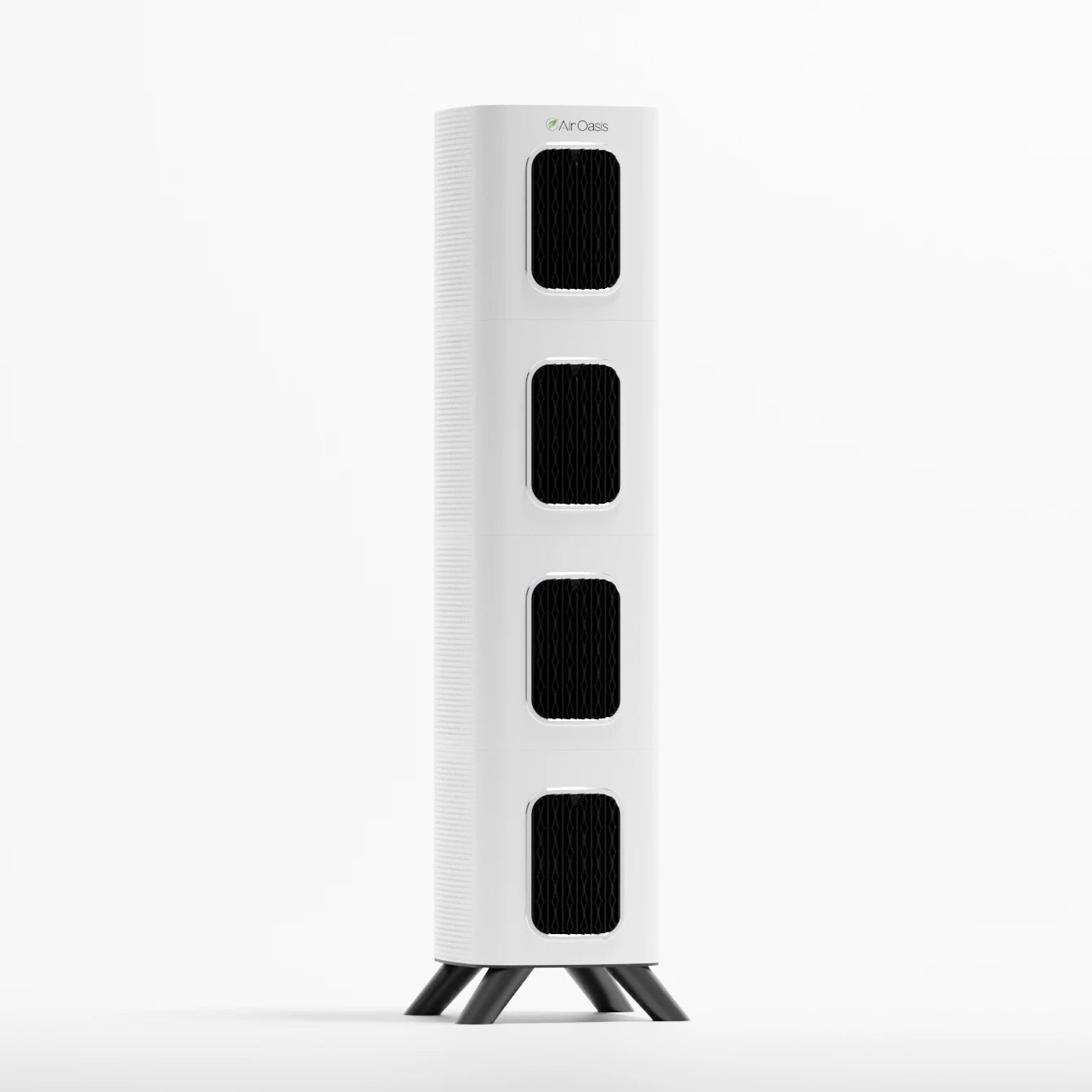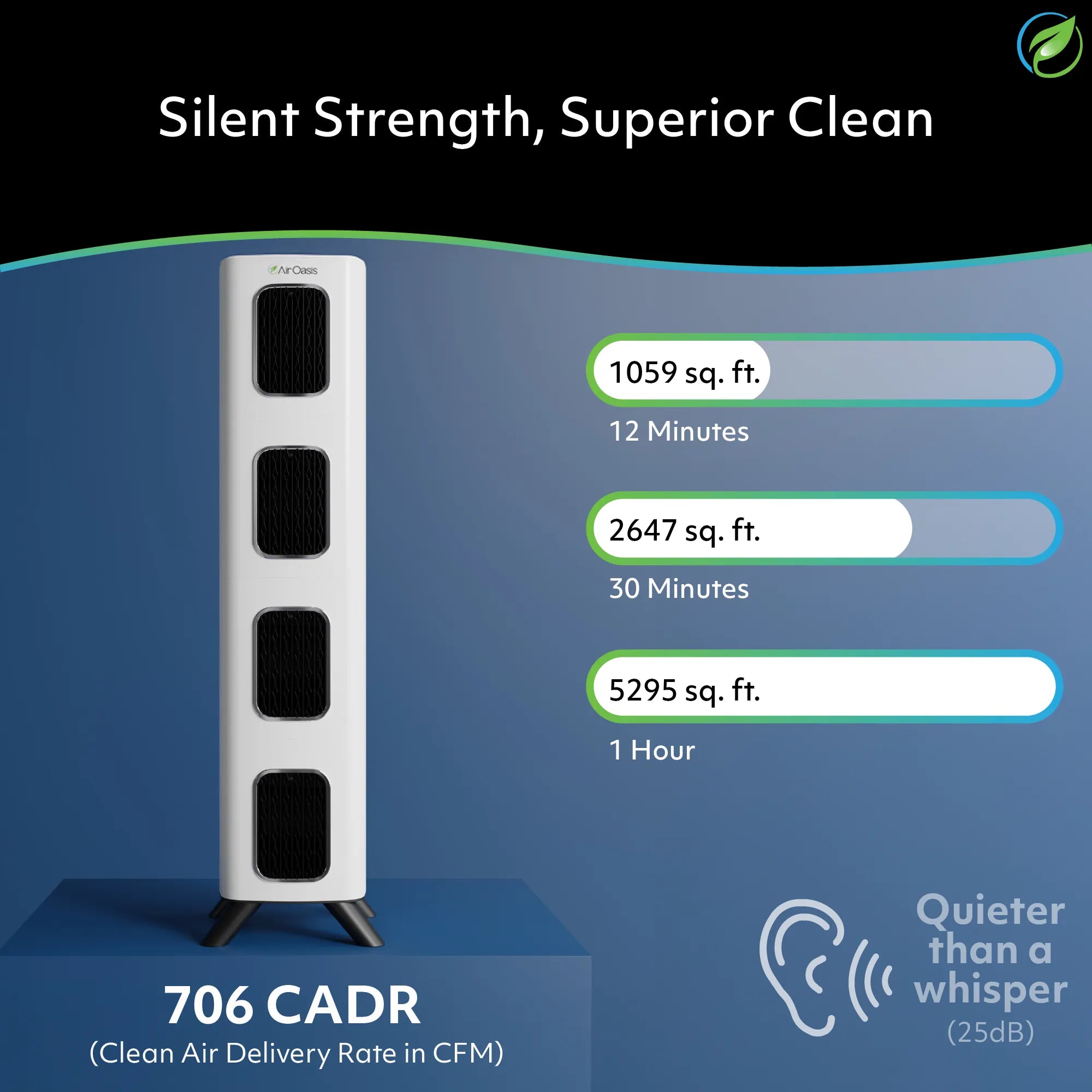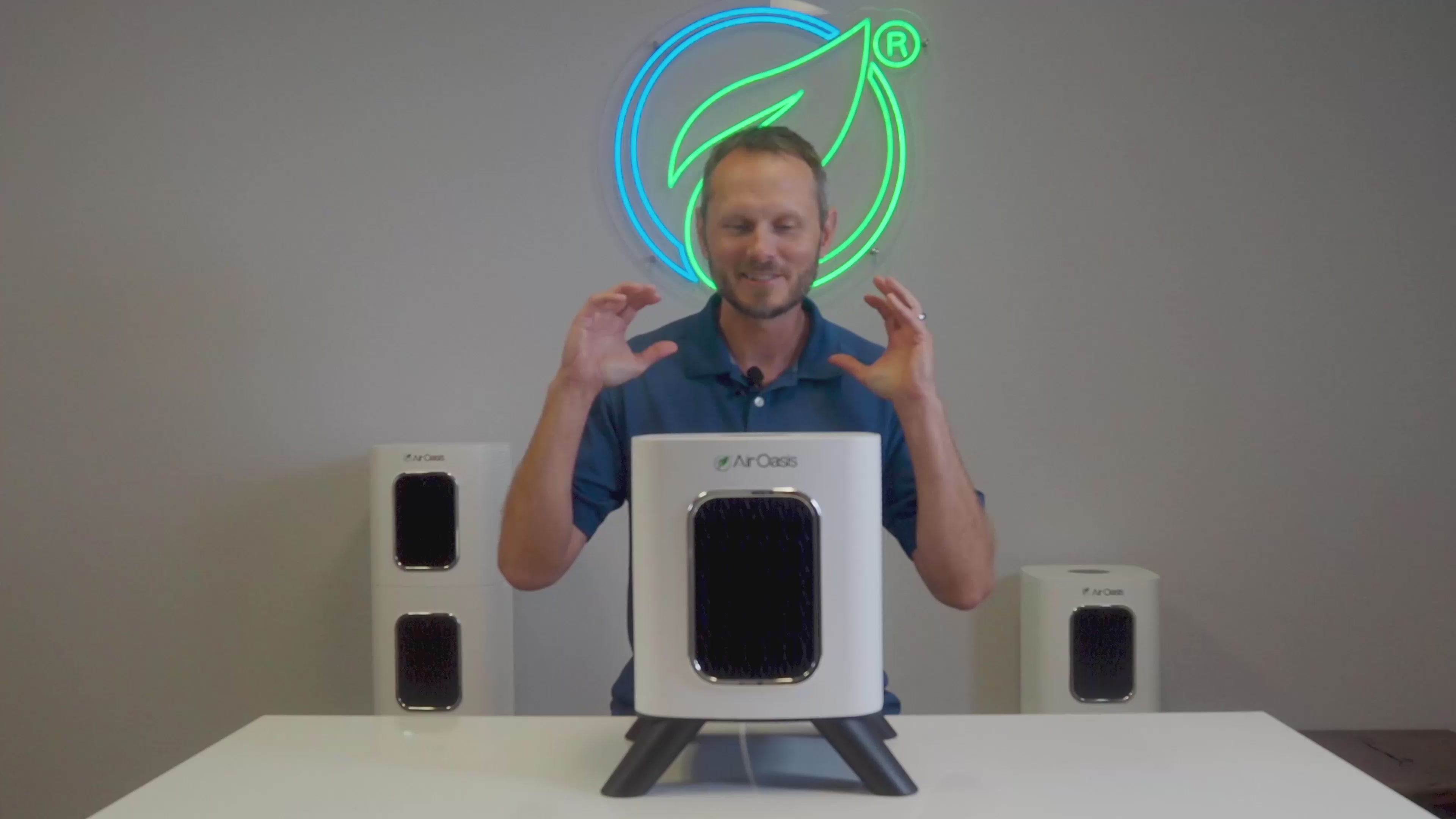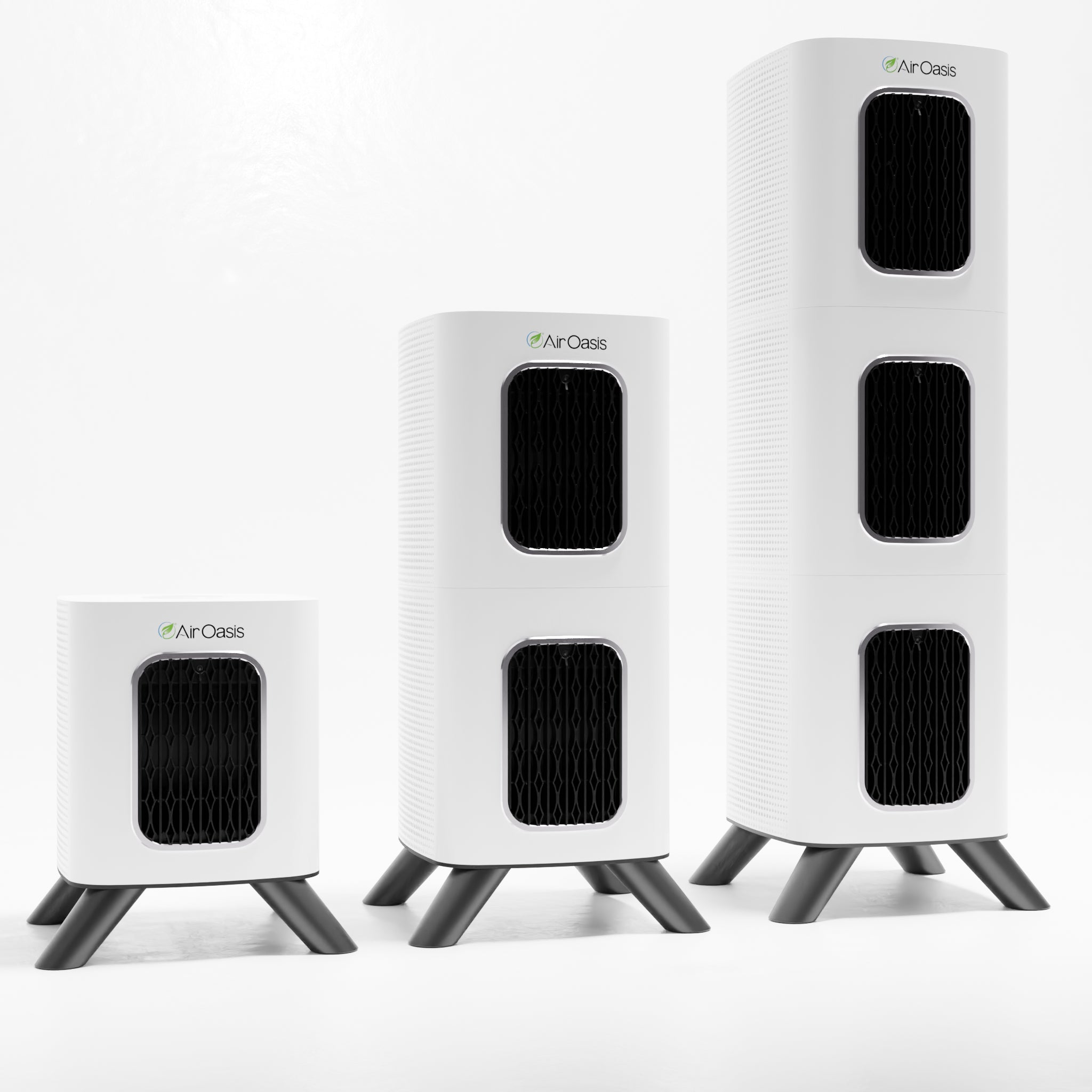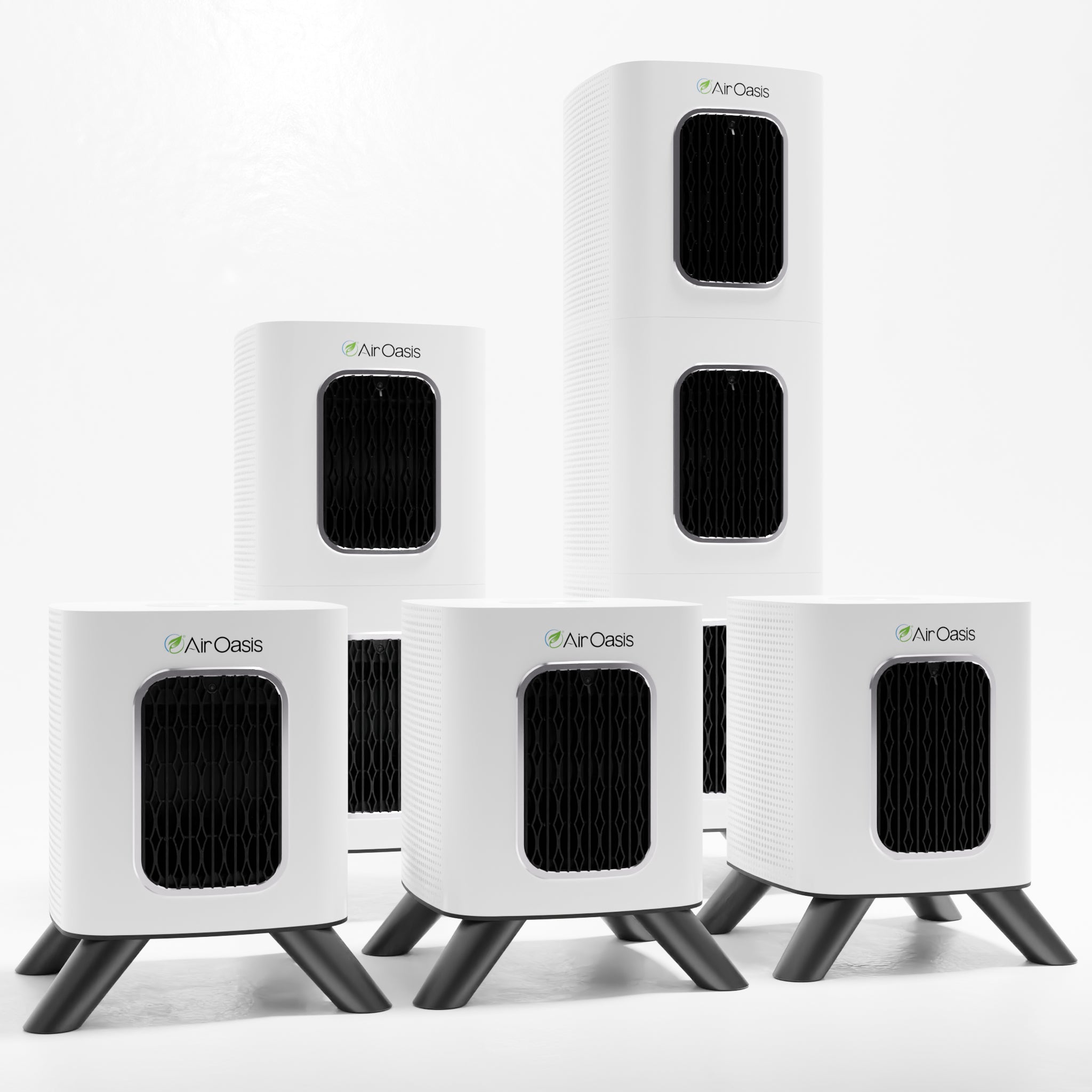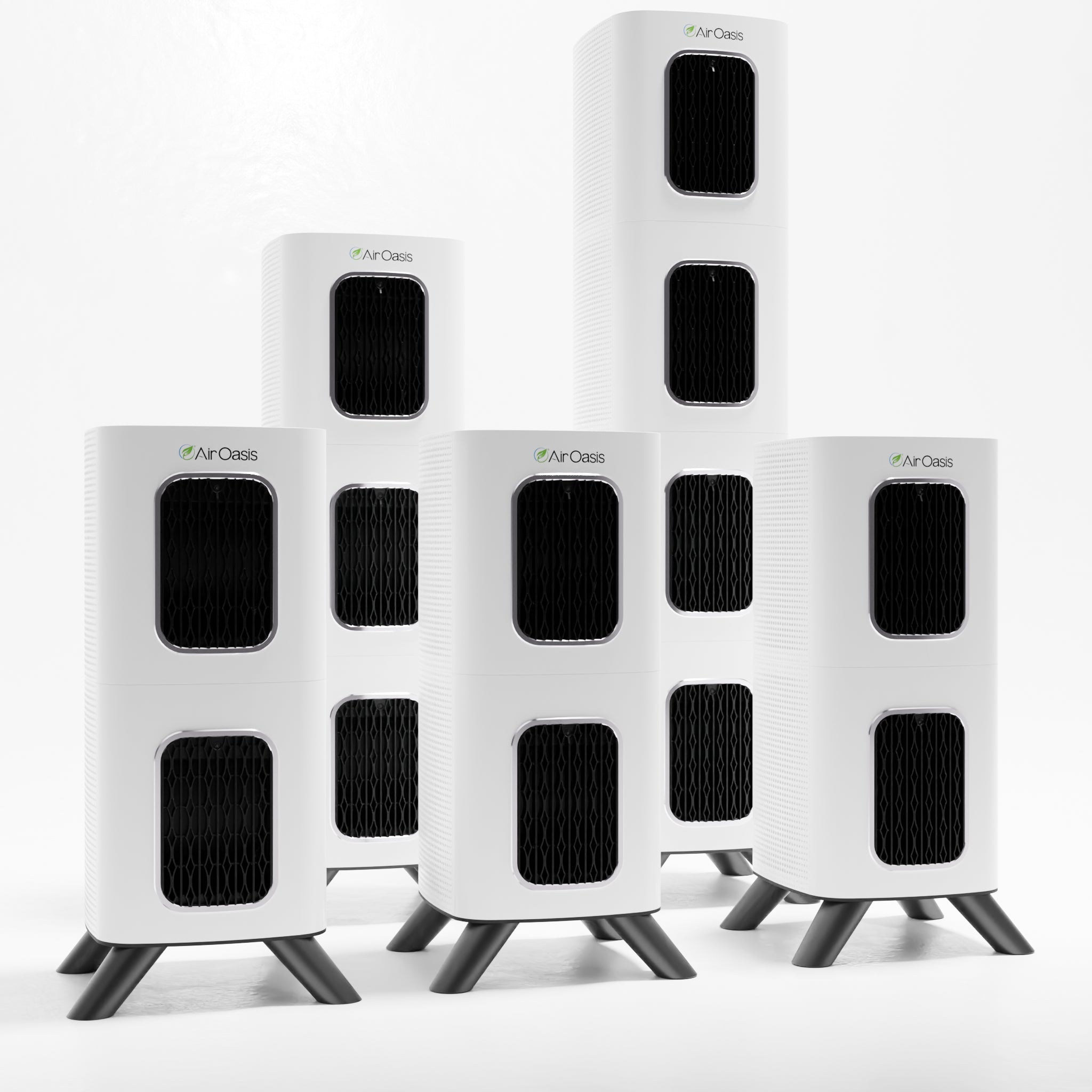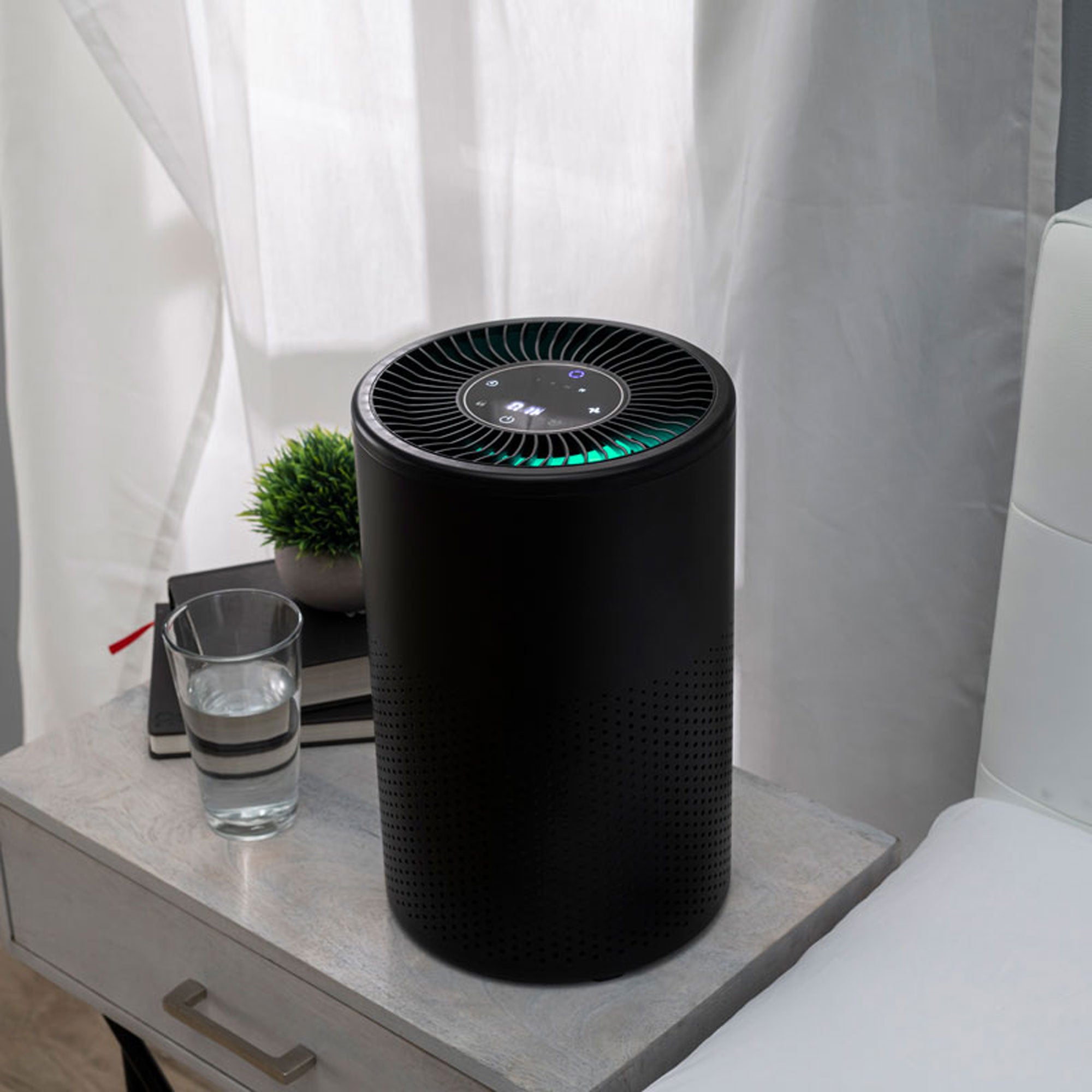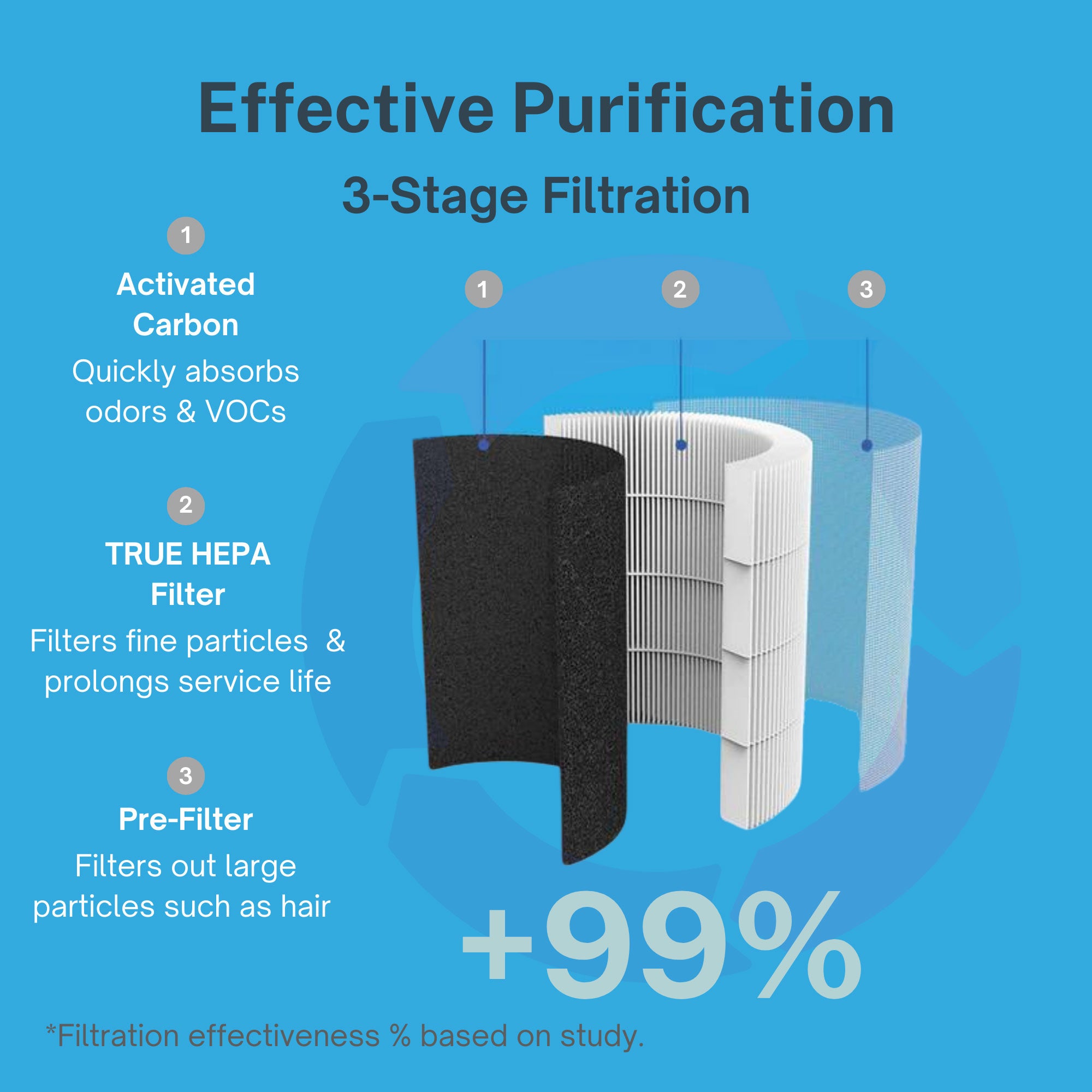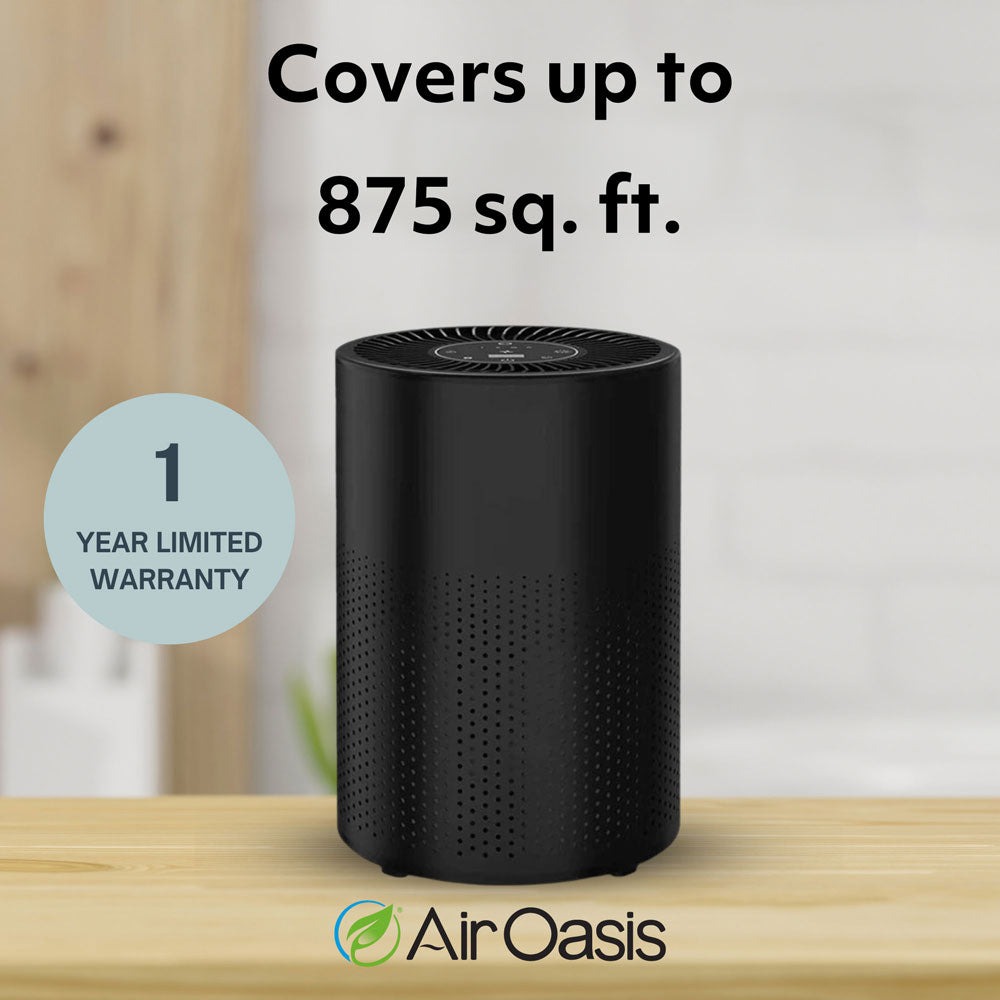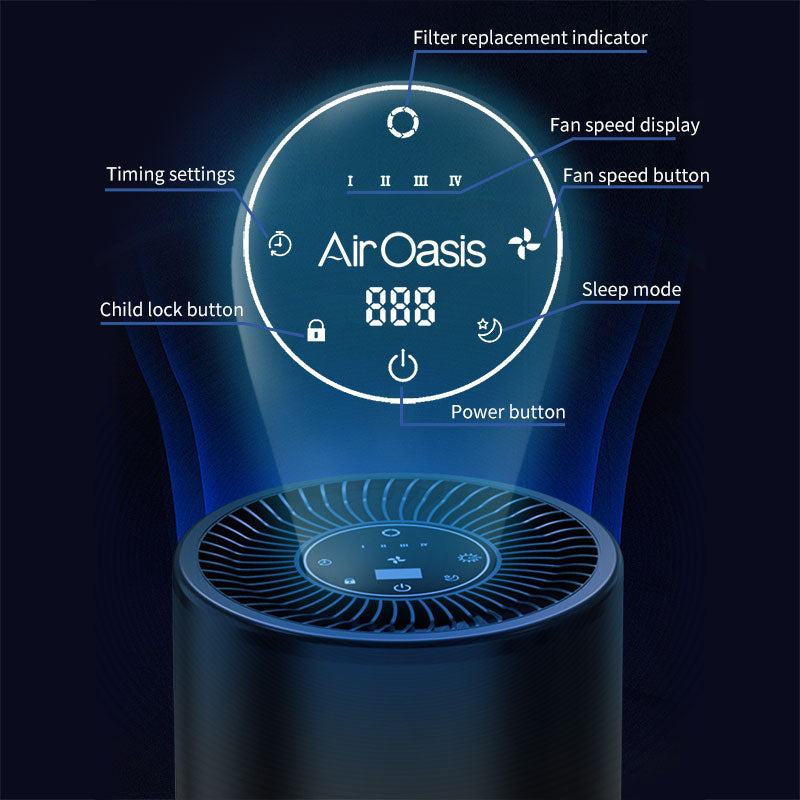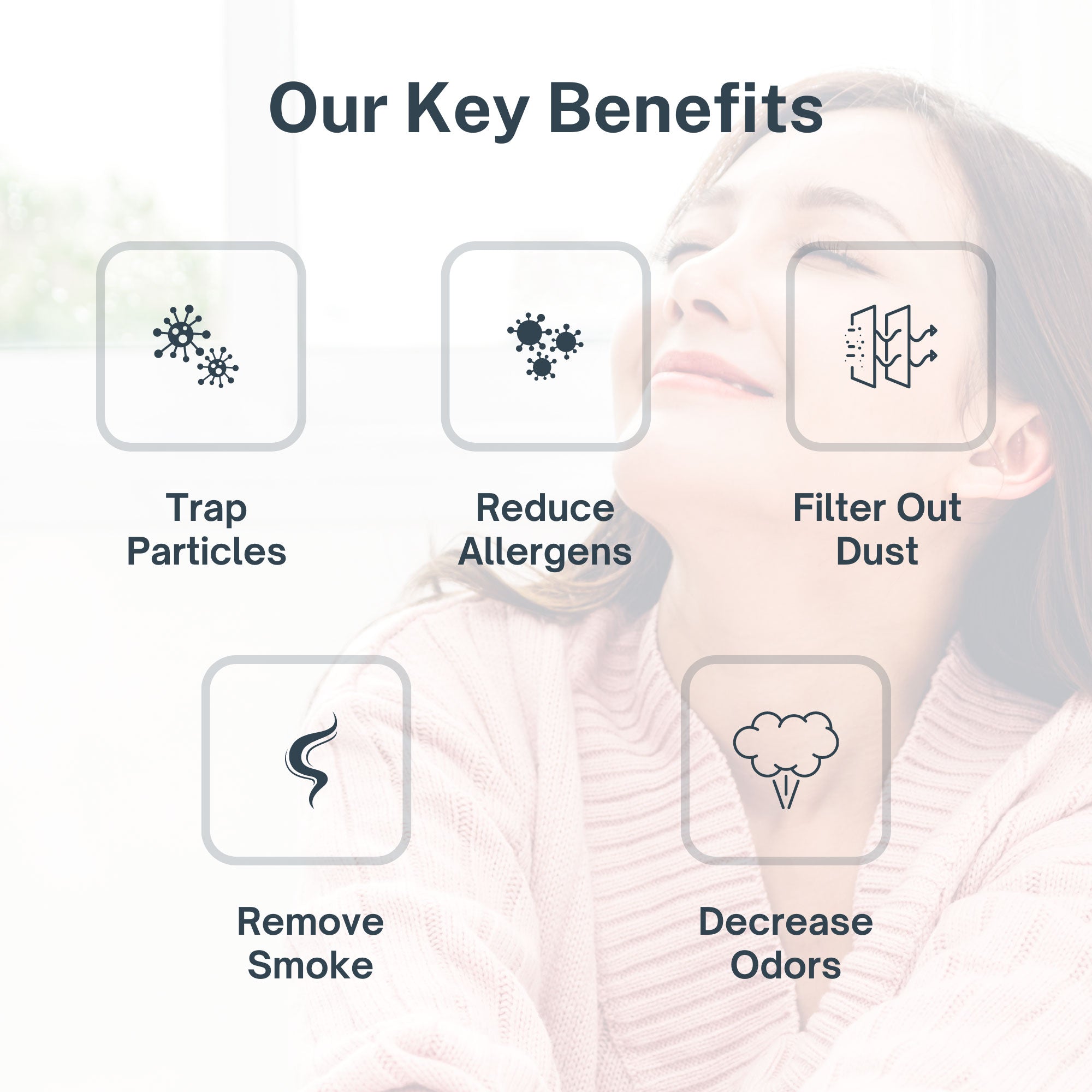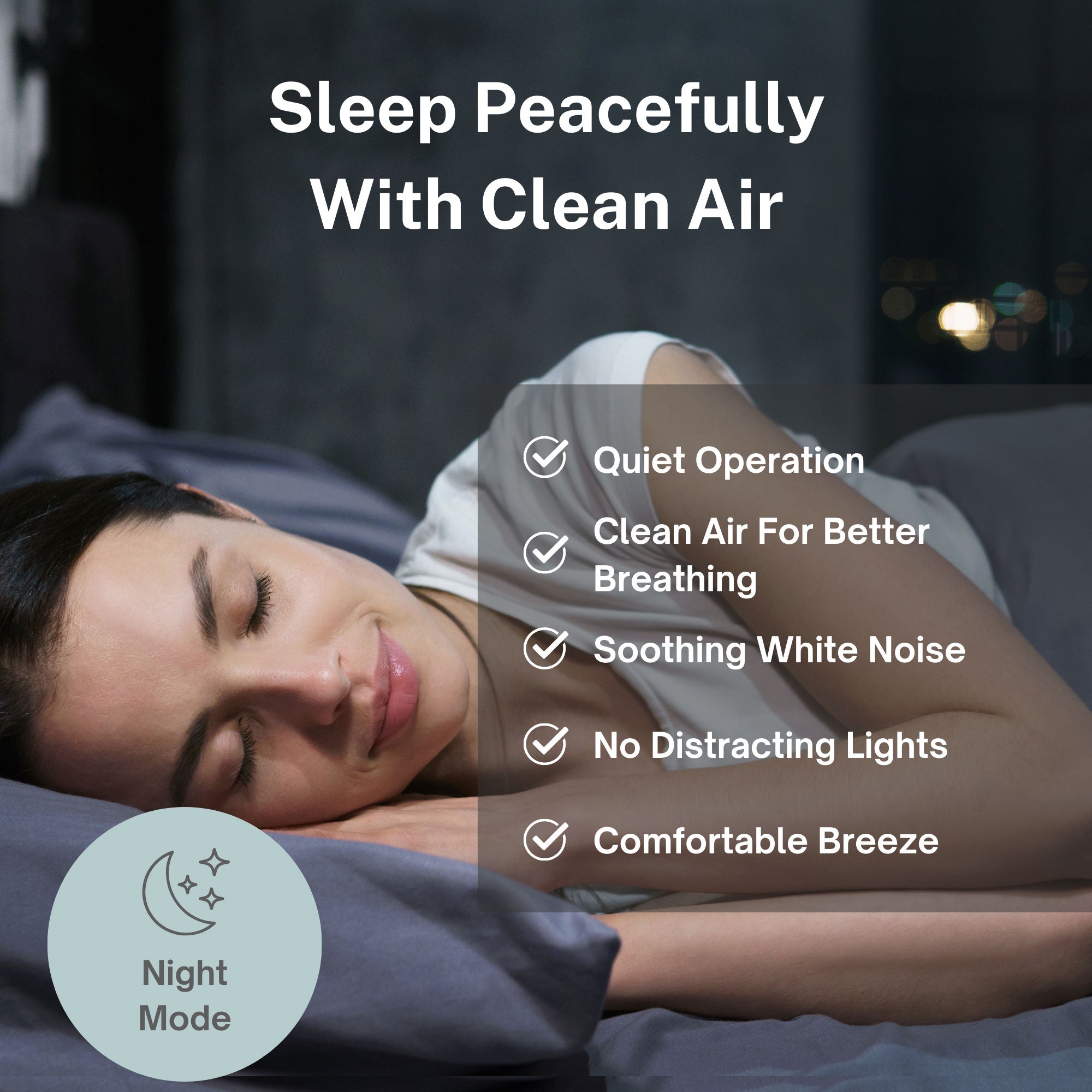Strong winds don't just blow debris around your yard. They transform air quality from safe to hazardous in hours. Clark County, Nevada residents experienced this reality on October 14, 2025, when sustained winds of 20 to 30 mph with gusts exceeding 40 mph created a dust advisory lasting 13 hours. Understanding the connection between wind and air quality could protect your health during similar events.
Why Dust Advisories Matter
Wind picks up loose soil, sand, and dust particles from the ground. These particles become airborne and travel for miles. Desert regions face particular vulnerability due to dry conditions and sparse vegetation that would otherwise anchor soil. But windblown dust affects communities nationwide during dry seasons.
The particles suspended in wind aren't just annoying. They represent a serious form of air pollution called particulate matter or PM. These tiny particles measure 10 micrometers or smaller, with the most dangerous particles measuring 2.5 micrometers or less. For context, a human hair measures about 70 micrometers in diameter. Wind-suspended dust particles are exponentially smaller.
Construction sites contribute significantly to windblown dust problems. Disturbed soil, stockpiled materials, and unpaved roads create abundant dust sources. When wind speeds increase, these sites become particulate matter generators affecting surrounding neighborhoods. Vacant lots with exposed soil, dried lakebeds, and agricultural areas also release massive dust quantities during high wind events.
The Air Quality Index translates pollution data into colors and numbers people understand. An AQI of 101 or higher indicates unhealthy conditions for sensitive groups. During severe windstorms, the AQI can spike into the orange, red, or even purple zones. These levels signal that outdoor activity poses real health risks.
Health Impacts of Windblown Dust
Particulate matter aggravates respiratory diseases. When you breathe dust-laden air, those microscopic particles penetrate deep into your lungs. Your body's natural defenses can't effectively filter particles this small. They bypass your nose and throat and lodge in your lung tissue.
People with heart or lung disease face elevated risks during dust events. Asthma sufferers experience increased attacks. COPD patients struggle with worsening symptoms. Even healthy individuals may develop coughing, throat irritation, and chest tightness after exposure to high particulate matter concentrations.
The Environmental Protection Agency specifically warns that older adults and children should stay indoors during windblown dust events. Children's developing respiratory systems make them more vulnerable to particulate matter damage. Older adults often have underlying conditions that dust exposure exacerbates. Physical activity during dust storms multiplies the risk because exercise increases breathing rate and depth.
Cardiac impacts extend beyond respiratory problems. Research links particulate matter exposure to increased heart attack and stroke risk. The particles trigger inflammation throughout your cardiovascular system. They affect blood vessel function and increase blood clotting. What appears as a simple dust storm can strain your heart.
Official Protective Measures
When authorities issue dust advisories, they provide specific recommendations to protect public health. These aren't suggestions. They represent essential protective measures based on scientific understanding of particulate matter health impacts.
Limit outdoor exertion on windy days when dust fills the air. Exercise indoors instead. Postpone outdoor activities until wind subsides and air quality improves. If you must go outside, minimize your time and avoid strenuous activity.
Keep windows and doors closed. This seems obvious but many people underestimate how quickly outdoor dust infiltrates homes. Even small gaps around windows and doors allow particulate matter entry. Weatherstripping and proper sealing become health measures during dust events.
Run your air conditioner inside your house and car. Air conditioning systems filter air to some degree. They also create positive pressure that helps prevent outdoor air infiltration. Set systems to recirculation mode rather than fresh air intake during dust storms.
These measures provide baseline protection. However, they don't address a critical vulnerability: standard air conditioning filters weren't designed to capture fine particulate matter effectively.
The Indoor Air Quality Problem
Closing windows and running your air conditioner helps but doesn't guarantee clean indoor air. Dust storms create outdoor particulate matter concentrations that overwhelm typical home defenses. Fine particles infiltrate even well-sealed homes through various pathways.
Your HVAC system's standard filter captures particles larger than about 10 micrometers. The most dangerous windblown dust particles measure 2.5 micrometers or smaller. These particles pass straight through basic filters and circulate throughout your home via your heating and cooling system.
Indoor particulate matter concentrations rise rapidly during outdoor dust events. Studies show indoor PM2.5 levels can reach 50-80% of outdoor concentrations in homes without advanced filtration. Your indoor air becomes nearly as polluted as outdoor air despite closed windows and running air conditioning.
Real Protection During Dust Events
Medical-grade air purification transforms indoor air quality during dust advisories. True HEPA filtration captures 99.97% of particles as small as 0.3 micrometers. This includes the dangerous fine particulate matter that standard filters miss.
Strategic purifier placement maximizes protection. Position units in bedrooms where family members sleep. Run purifiers in main living areas where you spend significant time. Continuous operation during dust events maintains clean air throughout the advisory period.
Monitor local air quality information actively. Agencies nationwide provide real-time data through websites, social media, text alerts, and mobile apps. These resources tell you when to implement protective measures and when air quality improves enough to resume normal activities.
Beyond Emergency Response
Dust advisories highlight a broader truth about air quality management. You can't control outdoor conditions. You can control what you breathe indoors. Desert communities face regular wind events throughout dry seasons. Agricultural regions generate dust during harvest. Construction activity continues regardless of weather.
Proactive air quality management protects your health before emergencies arise. When dust advisories occur, your existing air purification system simply continues protecting you without requiring emergency measures. Year-round air purification removes allergens, mold spores, bacteria, viruses, and other contaminants that affect your respiratory health daily.
Your home should provide sanctuary from environmental threats. That includes windblown dust and particulate matter pollution. Don't wait for the next dust advisory to address your indoor air quality.
Ready to protect your family from windblown dust and particulate matter pollution? Advanced HEPA filtration removes dangerous particles that threaten your respiratory health during dust advisories and every day. Shop Air Oasis today and breathe confidently when wind strikes.






